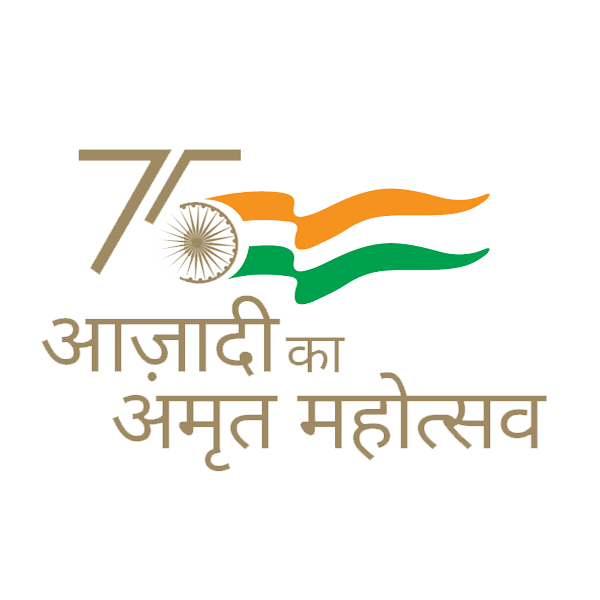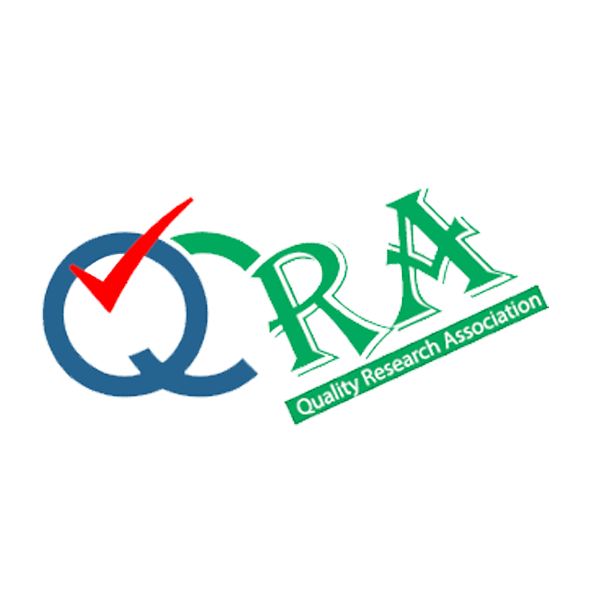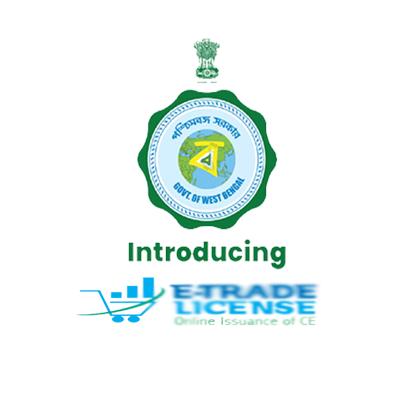🏛️ Cultural Education Board Recognized by NITI Aayog: A Pathway to Preserving India's Heritage
India is a country with a rich, diverse, and ancient cultural heritage. From classical music and dance to folk traditions, visual arts, and handicrafts, our culture is deeply woven into our national identity. But with modernization and digital disruption, many of these traditional art forms are at risk of fading away. This is where Cultural Education Boards come into play — structured institutions dedicated to preserving and promoting India’s intangible cultural assets through education, certification, and awareness.
Among the many organizations working in this field, a cultural education board recognized by NITI Aayog stands out for its credibility, structure, and national impact. In this article, we will explore what cultural education boards are, why recognition by NITI Aayog is important, and how institutions like Sursangam Kala Kendra are transforming cultural learning across the country.
📚 What is a Cultural Education Board?
A Cultural Education Board is an organized, often autonomous, institution that provides structured education, training, and certification in various Indian art forms. These may include:
- Classical Music (Hindustani, Carnatic)
- Classical and Folk Dance (Kathak, Bharatanatyam, Odissi, etc.)
- Fine Arts (Painting, Sculpture, Calligraphy)
- Theatre and Performing Arts
- Indian Handicrafts and Heritage Crafts
- Traditional Instrumental Training
- Folk Art and Tribal Traditions
Such boards typically conduct national-level examinations, issue certifications, and promote community-level training, helping aspiring artists formalize their skills and gain recognition.
🌐 Why is NITI Aayog Recognition Important?
NITI Aayog (National Institution for Transforming India) is the premier policy think tank of the Government of India. Registration or empanelment with NITI Aayog through NGO Darpan provides a cultural board with:
- Government credibility
- Eligibility for public funding and partnerships
- Validation of social impact work
- Transparency and trust among students, educators, and parents
When a cultural education board is recognized by NITI Aayog, it means that the board adheres to national governance standards, is committed to educational transparency, and contributes meaningfully to India’s cultural preservation efforts.
🎓 The Need for Cultural Education in Modern India
In an age dominated by STEM fields, digital marketing, and global career trends, cultural education often takes a back seat. However, cultural knowledge is not only an emotional and social need—it is also a viable career path. Artists, performers, and teachers of Indian traditions are finding jobs in schools, colleges, art institutions, event organizations, tourism, and even corporate sectors.
Key reasons why cultural education must be prioritized:
- Preservation of Heritage: Structured education can revive and pass on endangered traditional art forms.
- Employment Generation: Certified artists can work as performers, instructors, or entrepreneurs.
- Mental and Emotional Development: Arts build creativity, discipline, and emotional intelligence.
- National Pride: Cultural education fosters appreciation and inclusiveness.
- Rural Empowerment: Helps tribal and folk artists gain formal respect and income.
🏆 Features of a Good Cultural Education Board
A cultural education board recognized by NITI Aayog should ideally offer:
- Structured Curriculum from beginner to advanced levels
- Qualified Faculty and examiners
- Government Affiliation through NGO Darpan, ISO, and ministries
- Practical Training via workshops and performances
- Certification with national and international recognition
- Access for both urban and rural students
- Digital Access via online exams and e-learning
🏛️ Sursangam Kala Kendra: A Cultural Education Board Recognized by NITI Aayog
Sursangam Kala Kendra is a shining example of a government-recognized cultural board that fulfi














